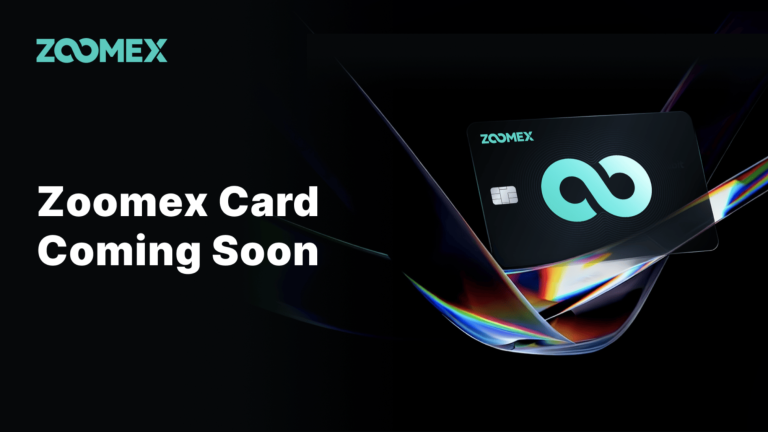
The rise of digital assets and decentralized finance continues to reshape financial landscapes globally. Canada is taking a significant step to regulate fiat-backed stablecoins under its 2025 federal budget. This proactive approach reflects the nation’s commitment to modernizing its payment systems while prioritizing user security and accessibility.
What Are Stablecoins and Why Do They Matter?
Stablecoins are a type of cryptocurrency backed by assets like fiat currency (e.g., USD or CAD) to maintain price stability. Their potential to enable faster and more affordable transactions has driven widespread institutional and individual adoption. Backed by reserves, they provide a bridge between traditional finance and blockchain technology.
Key Highlights of Canada’s Stablecoin Regulation
Outlined in the 2025 federal budget, Canada’s stablecoin regulation focuses on incorporating stringent compliance standards for issuers. Some of the measures include:
- Reserve Requirements: Issuers must maintain sufficient fiat reserves to back their digital assets.
- Redemption Policies: Reliable redemption mechanisms must be in place for users to exchange stablecoins for equivalent fiat value.
- Risk Management: Companies issuing stablecoins will need to establish robust risk frameworks to manage potential threats.
- Data Protection: Protecting users’ financial and personal information will be a mandatory compliance requirement.
Additionally, the Bank of Canada is set to receive $10 million in federal funding over two years, starting in 2026, to ensure effective implementation and oversight of these regulations.
Why Is This Happening Now?
This move aligns with similar global initiatives. For instance, the U.S. passed the GENIUS Act in July, introducing regulations tailored to stablecoins. Canada’s move underscores the country’s intent to remain competitive and safeguard its citizens in the growing cryptocurrency market, which is projected to expand from $309.1 billion today to $2 trillion by 2028, according to the U.S. Treasury.
Institutional Involvement and the Role of Tetra Digital
Tetra Digital, a key player in Canada’s burgeoning stablecoin market, has already secured $10 million in funding to develop a digital version of the Canadian Dollar. Notable investors include Shopify and Wealthsimple, highlighting the importance of stablecoins to Canada’s economic future.
While the Bank of Canada opted against issuing a central bank digital currency (CBDC) in September 2024 due to a lack of public demand, these regulations support the private sector’s innovation in the digital payment space.
The Future of Stablecoins in Canada
Canada’s framework for regulating stablecoins is a positive step toward providing a stable and secure environment for digital transactions. With clear rules in place, businesses and users alike can benefit from faster, safer, and more efficient payments while encouraging growth in the digital economy.
Recommended Product: Trezor Model T Hardware Wallet
For individuals and businesses dealing with cryptocurrency, ensuring the security of digital assets is paramount. The Trezor Model T is a highly secure hardware wallet ideal for storing stablecoins and private keys. Trusted globally, it’s designed for both beginners and experienced cryptocurrency users.



